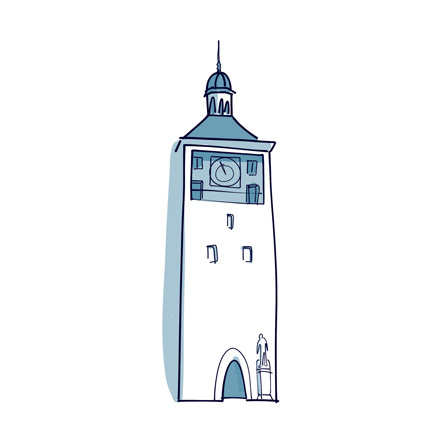
1. Island Tower
You’re now standing on the Island of Geneva—Island with a capital “I,” because funnily enough, it doesn’t have an official name, so locals simply call it “the Island.” Read more
Tour
5,3 km
2h10
24 audios
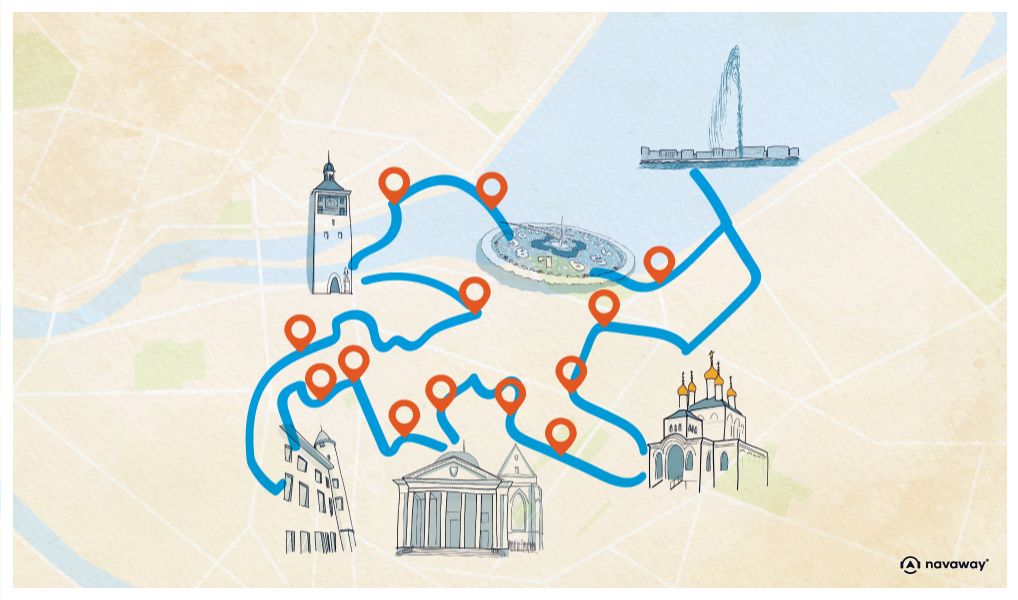
Text version
Welcome to one of the richest cities in Europe—Geneva! Every year, millions of visitors are drawn here by its fascinating history, world-class shopping, and stunning setting on the shores of Lake Geneva. Nicknamed the “Capital of Peace,” Geneva played a key role in the Protestant Reformation, welcoming major figures like the renowned John Calvin. Its dynamic economy has earned it the title of “the smallest of the great capitals,” and its remarkable heritage—shaped by the Reformation and a vibrant medieval past—continues to impress those who explore this city at the end of the lake. From a historic old town full of landmarks to elegant parks by the water and scenic walks along the Rhône, Geneva truly is a city full of surprises.

You’re now standing on the Island of Geneva—Island with a capital “I,” because funnily enough, it doesn’t have an official name, so locals simply call it “the Island.” Read more
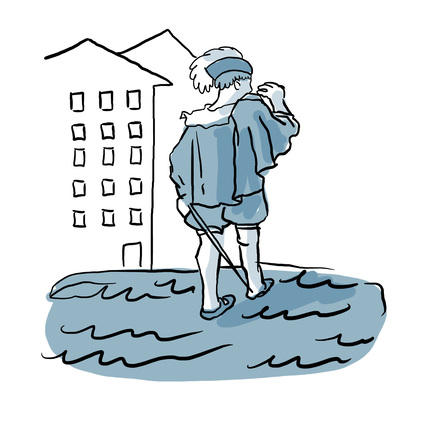
You simply can’t talk about Geneva without mentioning its legendary lake—Lake Geneva itself. It’s one of the main reasons the city is considered among the most beautiful in the region. Read more
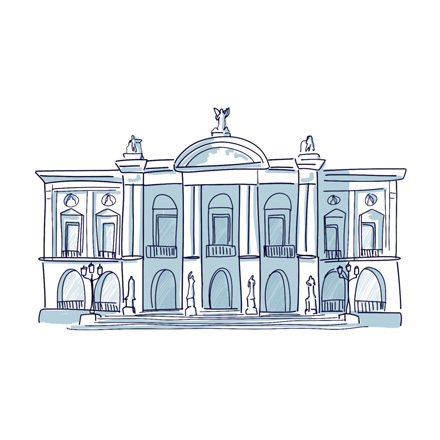
While it may seat fewer people than Victoria Hall, the Grand Théâtre is Geneva’s main stage for the performing arts. Located on the iconic Place Neuve, it was named “Best Opera House” in 2020 and continues to shine on the international scene with its world-class operas, ballets, recitals, and concerts. Read more
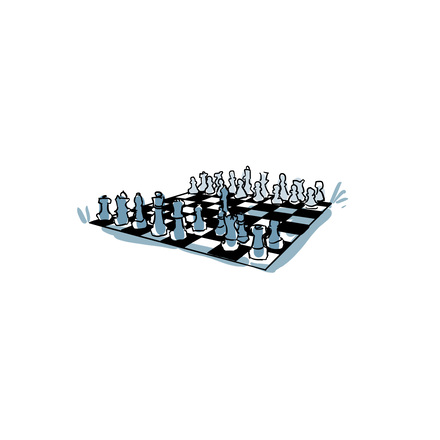
Welcome to Bastions Park—a quiet bubble of nature tucked away in the middle of Geneva. Locals love its long, shaded walkways and outdoor activities, especially the giant chessboards where passionate players face off in open-air matches. Read more

Tucked into the greenery, this imposing wall comes as a surprise to many visitors. It was inaugurated in 1917 to pay tribute to the giants of the Protestant Reformation. But to really understand its importance, we need to go back to the origins of the Reformation in Switzerland. Read more
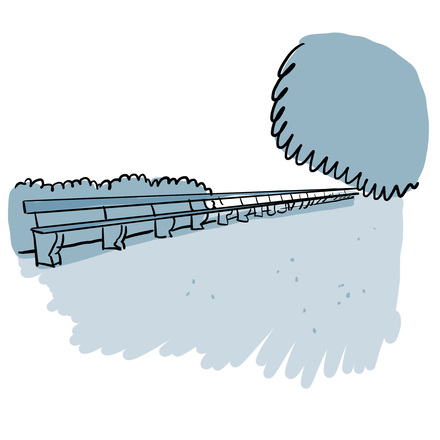
Welcome to the Promenade de la Treille—Geneva’s oldest promenade, with a charming view over Bastions Park just below. This walkway was originally built in 1515 as part of the city's fortifications, used to keep watch over the surrounding area. Read more
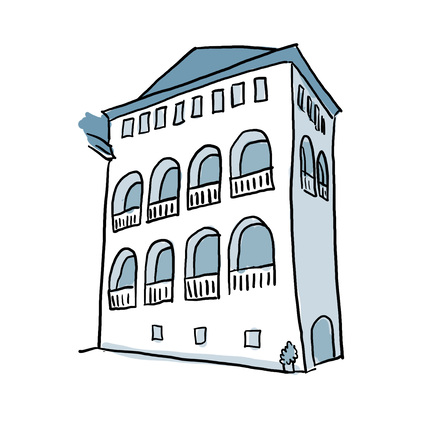
City Hall is the seat of government for the Canton of Geneva and a true architectural gem dating back to the 15th century. Construction began in 1405, and over time it was expanded and transformed into the impressive building you see today. Read more
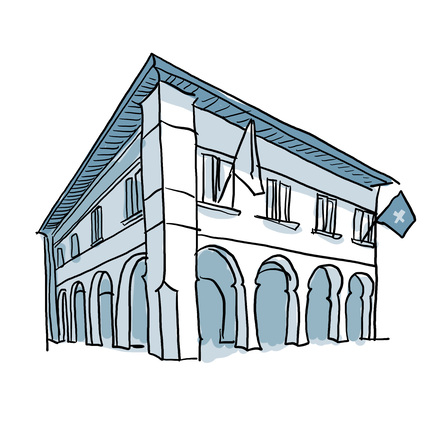
Originally, this site served as a covered market—a tradition going all the way back to Roman times. In the 16th century, the structure was repurposed as a granary, and that’s when the arcades you see today were added. Read more
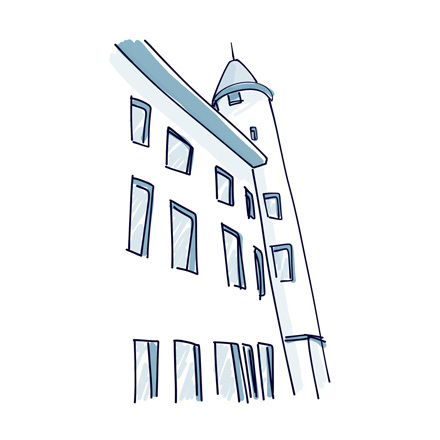
Just a few steps from the Old Arsenal and City Hall, the Tavel House stands out with its distinctive architecture, a rare example of medieval Swiss urban design. Read more
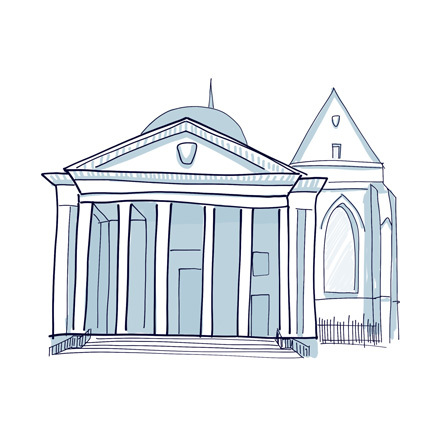
Here you are in front of Geneva’s stunning cathedral! Quite an unusual façade, isn’t it? That’s because St. Peter’s Cathedral has undergone countless changes over the centuries. Read more
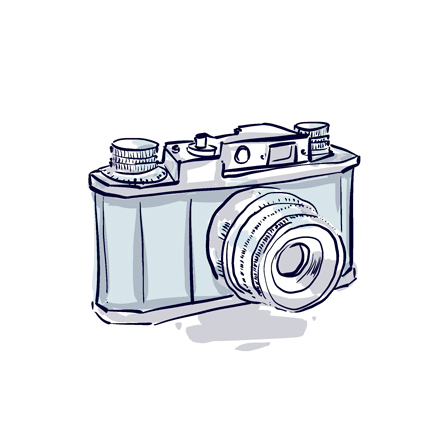
Built as a tribute to Théodore Agrippa d'Aubigné—a writer, poet, historian, and major figure of the Protestant Reformation—this terrace offers a breathtaking view over Geneva’s rooftops. Read more
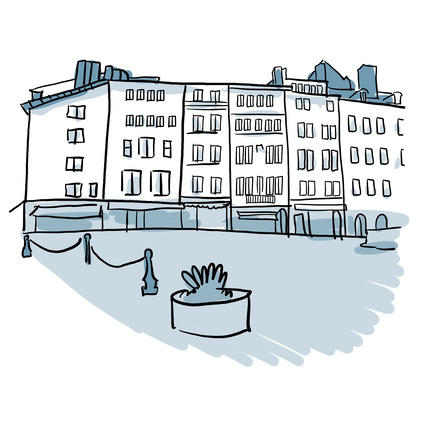
This is the most famous square in Geneva—and also the oldest! Read more
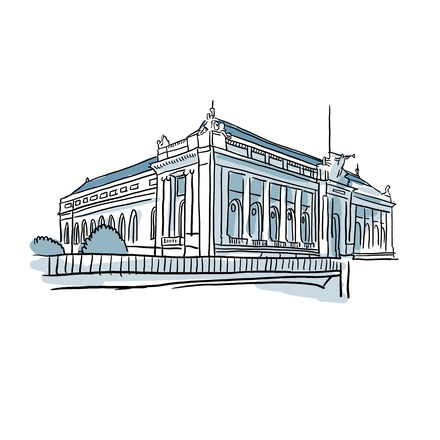
One of the largest museums in Switzerland awaits you here, offering a deep dive into Geneva’s rich artistic and historical heritage. Read more
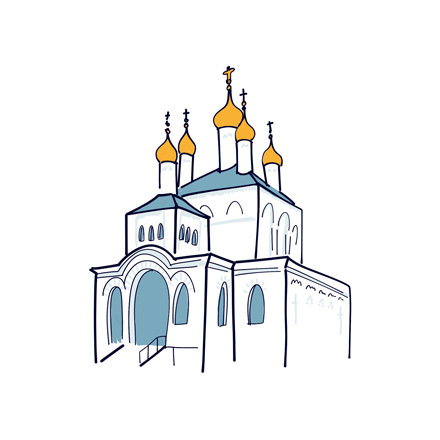
And here’s one of Geneva’s most unique architectural landmarks: the Russian Orthodox Church. After the Revolution of 1846, Geneva tore down its fortifications and opened itself to greater religious freedom. Read more
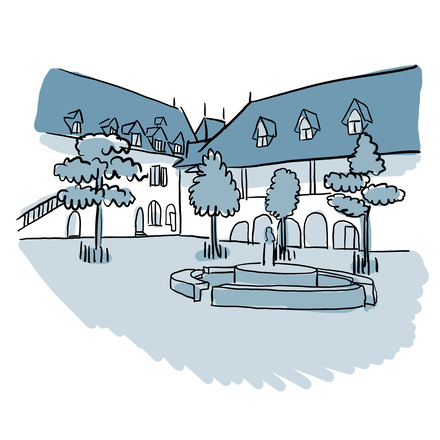
Previously known as the College of Geneva, this building was constructed in the 16th century, shortly after the city adopted the Reformation. Read more
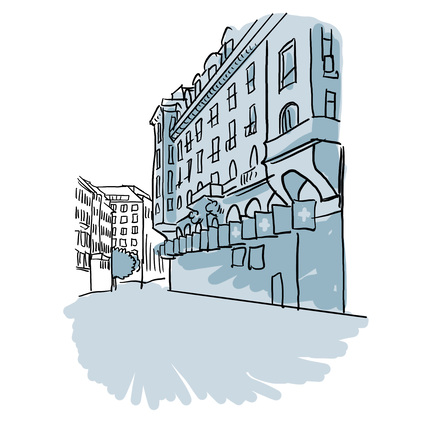
Welcome to the prestigious Rue du Rhône—Geneva’s ultimate destination for luxury shopping! Read more
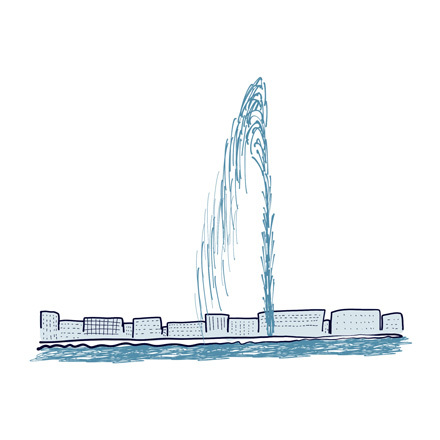
Impossible to miss during your visit to Geneva—at 140 meters high, the Water Jet is visible from just about everywhere! Read more
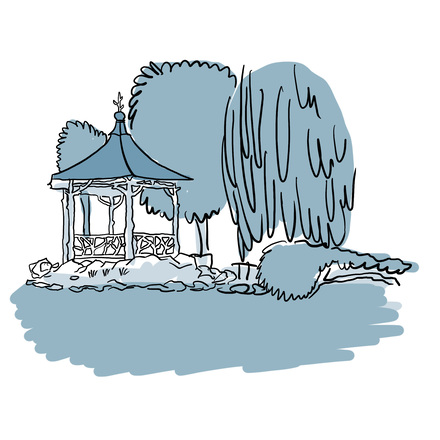
This is one of Geneva’s most beloved parks! Perfect for a peaceful stroll along the lake, the English Garden offers a calm and relaxing escape just moments from the city center. Read more
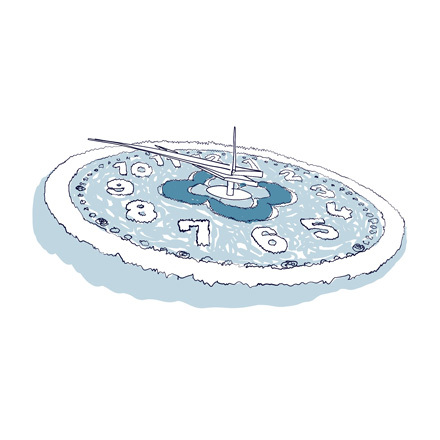
Here it is—one of the most famous clocks in the world! Second only to the Jet d’Eau as a symbol of Geneva, the Flower Clock is a true technical and artistic marvel. Read more
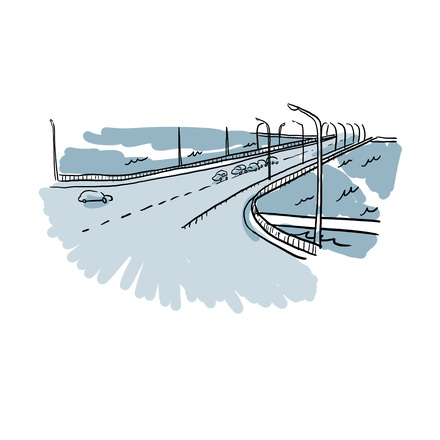
Take a moment to enjoy this beautiful view of the Mont-Blanc Bridge—one of Geneva’s most iconic landmarks. Originally built in 1862 using sheet metal, it remains a key crossing point in the city. Read more
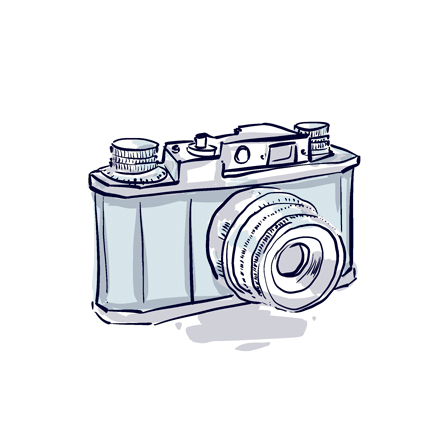
This small pontoon just below the Bergues Quay offers a beautiful view of Geneva! Right in front of you lies Rousseau Island, a peaceful green oasis in the very heart of the city. Read more
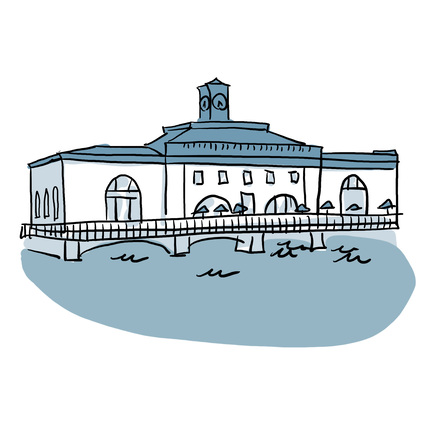
And here we are at another of Geneva’s iconic bridges—this one is the Pont de la Machine. It takes you across the Rhône River, which now flows freely after Lake Geneva ends just before, at the Mont-Blanc Bridge. Read more
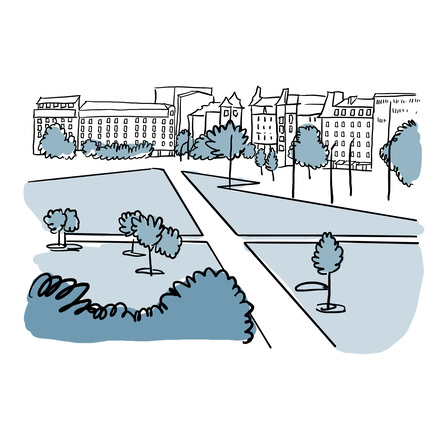
With its distinctive diamond shape stretching nearly 650 meters, it’s a popular gathering spot for locals who come here to enjoy the skatepark, playgrounds, or simply relax under the shade of the many trees lining the esplanade. Read more
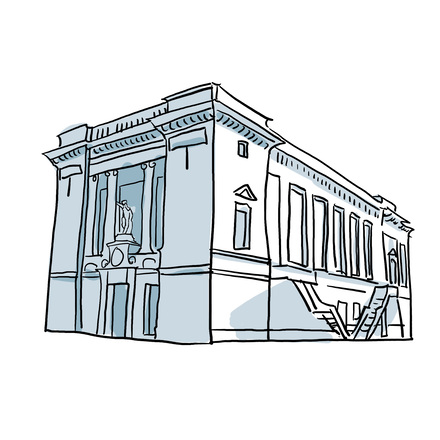
This theater was built in the late 19th century as a tribute to Queen Victoria of England. Read more

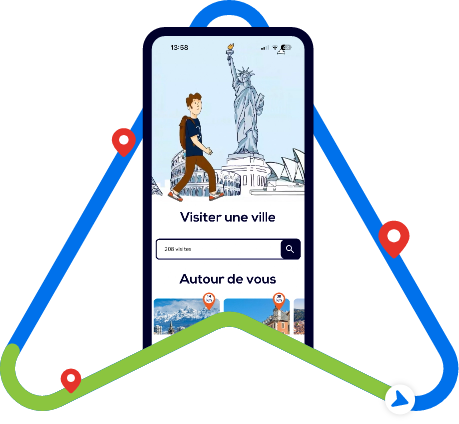
Discover Geneva with app
An interactive guide through the most beautiful streets, squares, and districts
24 fun audioguides full of historical facts, anecdotes, and legends
Enjoy a relaxing cruise in the heart of the Alpine landscape
The shining star of the city, Lake Geneva is the perfect place for a peaceful stroll—whether on foot, by bike, or even on horseback, all just minutes from the city center. And if you’d like to get even closer to the water, regular boat cruises are available, offering a relaxing way to soak in the scenery and the gentle sound of the waves.
To wrap up your visit to Geneva, I recommend crossing the Bergues Bridge and taking a short break on Rousseau Island—it’s a lovely little spot with fantastic views over the city. Then, head over to the Bains des Pâquis, located between Quai du Mont-Blanc and Quai Wilson. This lakeside spot has it all:
If you’re in the mood for a bit of greenery, make your way to Parc de la Grange—Geneva’s largest and arguably most beautiful park, officially listed as a historical monument. With its grand old trees, colorful flowerbeds, and lovely viewpoints, it’s well worth the detour. The park is just a short walk from the city center. And if you’re curious about its history, guided tours of Villa La Grange—the elegant 18th-century mansion within the park—are available on select dates. You’ll get a peek inside the salons, bedrooms, and the library. Booking can be done online or by phone.
Rising just outside the city, Mount Salève is often called the “Balcony of Geneva”—and for good reason. This local mountain offers amazing hiking trails and, at the top, jaw-dropping views of the city, the lake, and even Mont Blanc on a clear day. You can reach the summit by car, cable car, or, if you’re up for a challenge, on foot through forests of chestnut and Scots pine trees.
About 30 kilometers from Geneva lies the charming town of Nyon, perfect for a day trip. Its castle towers over the lake and town below, and traces of its Roman heritage can still be seen. Wander through its quaint streets, visit the Lake Geneva Museum, the Porcelain Museum, or the Roman Museum—and enjoy beautiful views of the lake and surrounding vineyards.
Continuing along the Swiss side of the lake, stop by Morges, a picturesque lakeside town. Explore its historic center, discover its castle, sample local food, and in the spring, don’t miss the lakeside promenade lined with thousands of blooming tulips—a real feast for the eyes.
If you’re in the Morges area, you’re right at the doorstep of the Jura Vaudois Regional Nature Park. A paradise for nature lovers, it’s ideal for hiking, mountain biking, snowshoeing, or skiing, depending on the season. Whatever your activity of choice, you’ll be surrounded by breathtaking scenery.
If you’ve got a few more days, continue on to Lausanne—a lively and elegant city worth exploring. And just beyond it, don’t miss the Lavaux Vineyards, a UNESCO World Heritage site. These terraced vineyards stretch down to the lake and offer some of the region’s most unforgettable landscapes.
On the French side of the lake, head south to discover Yvoire, often listed among the most beautiful medieval villages in France. Its cobbled streets, flower-filled balconies, and 13th-century castle make it a truly enchanting place to explore.
A little further along the lake, you’ll find Evian-les-Bains, the world-famous spa town. Known for its Belle Époque architecture, lakeside promenades, casino, and of course, the iconic mineral water, it’s the perfect place for a relaxing escape.
Just a 45-minute drive from Geneva, Annecy is a postcard-perfect town known for its canals, cobbled lanes, and colorful buildings. Walk along the shores of its crystal-clear lake—often called one of the most beautiful in France—and treat yourself to a delicious meal at one of its many restaurants.
And finally, for a memorable day trip, visit Fort l’Écluse—an impressive fortress built into the mountainside. It’s a fascinating place to explore, with panoramic views and a rich history. Just be sure to check the opening schedule, as it’s only open in summer, and there’s a small entrance fee.
Explore the wonders of the Alps and savour Swiss authenticity
200 audioguided tours for cities all around the world
DownloadOur rating
Budget
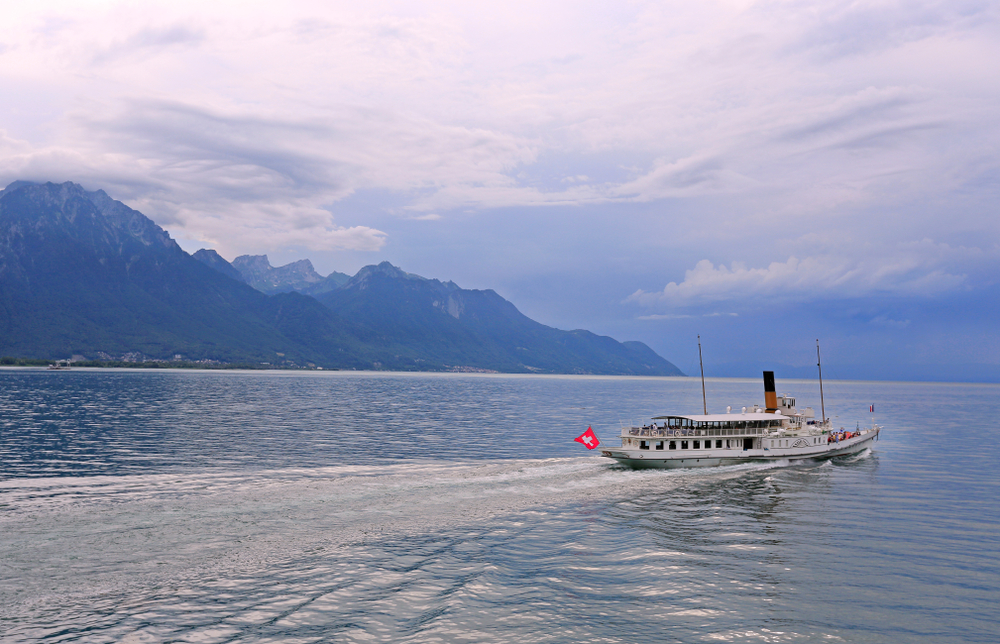
What if we were to leave terra firma for a few hours and venture out onto the cold waters of the magnificent Lake Geneva, which is so beautiful here?
Quite simply, it’s the largest lake in Savoie Mont-Blanc, linking France and Switzerland. From the boat, you’ll have a breathtaking view of the Swiss Alps and Geneva’s most emblematic monuments. This activity is perfect for those…
Read more
Our rating
Budget
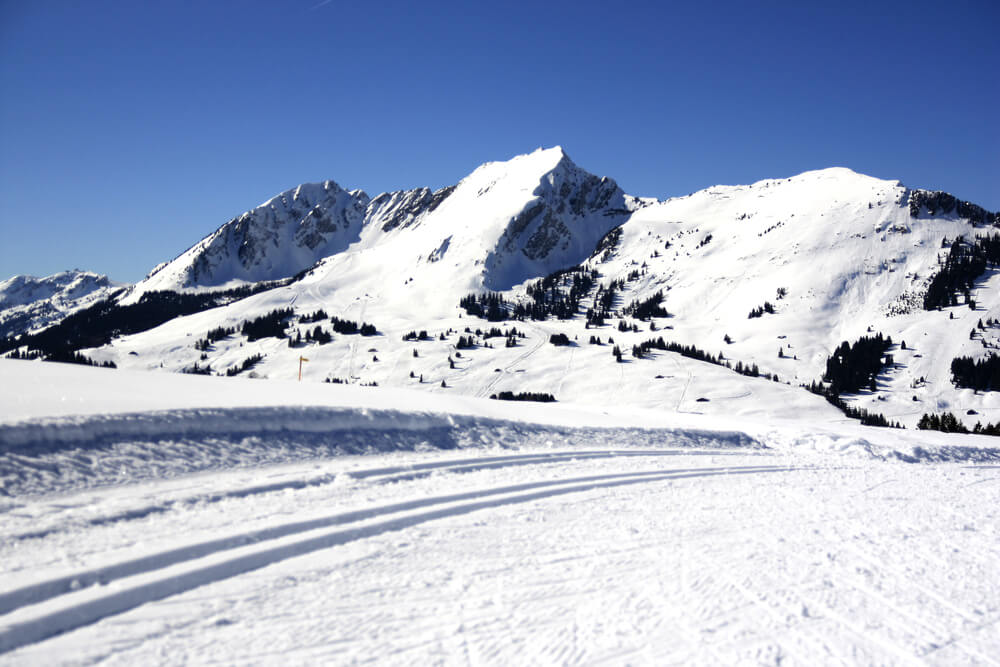
See our full review
Our rating
Budget
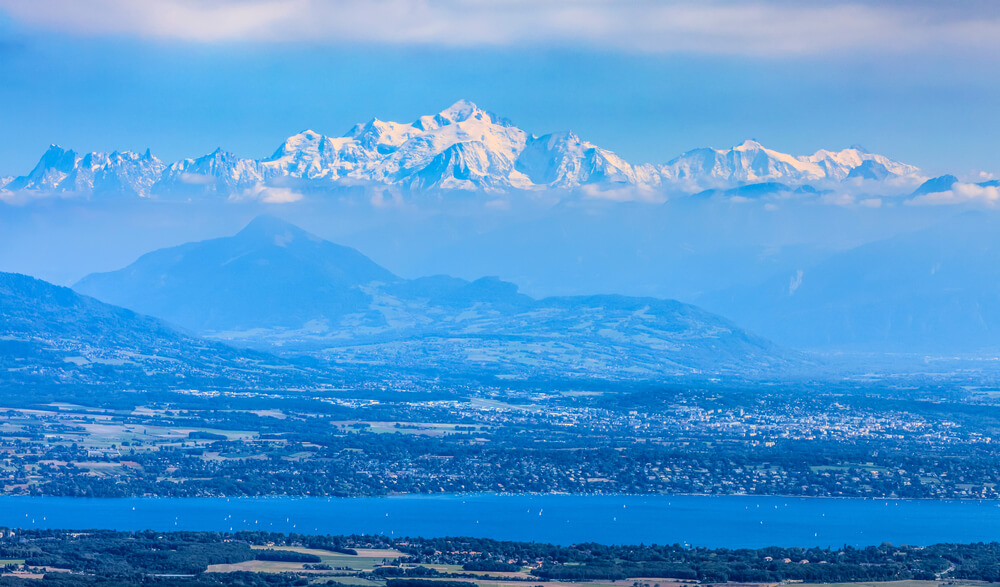
See our full review
Our rating
Budget
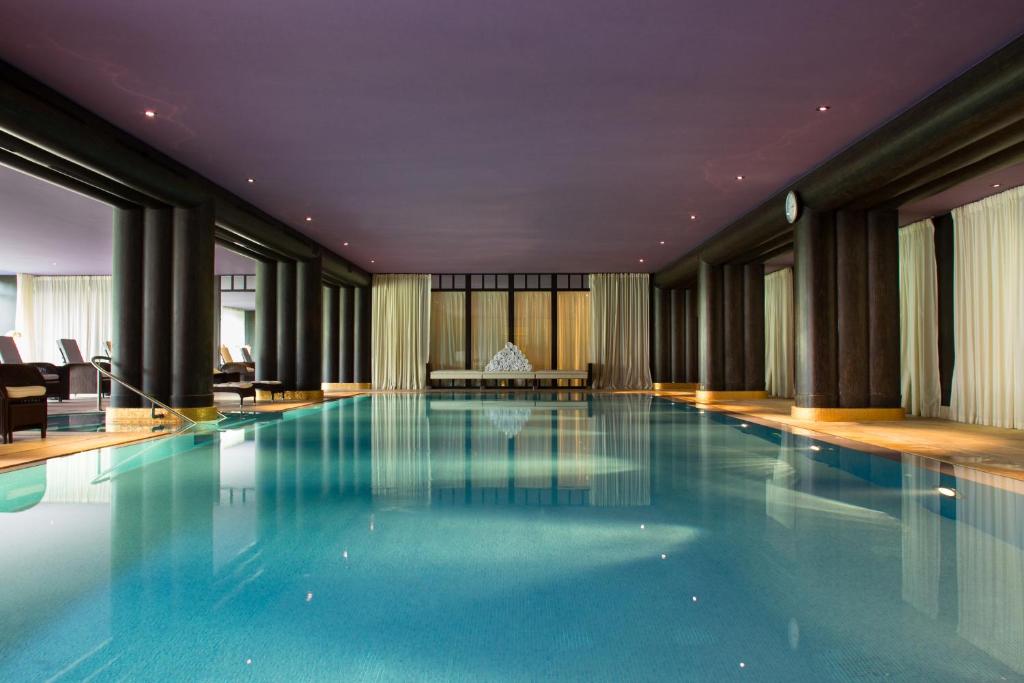
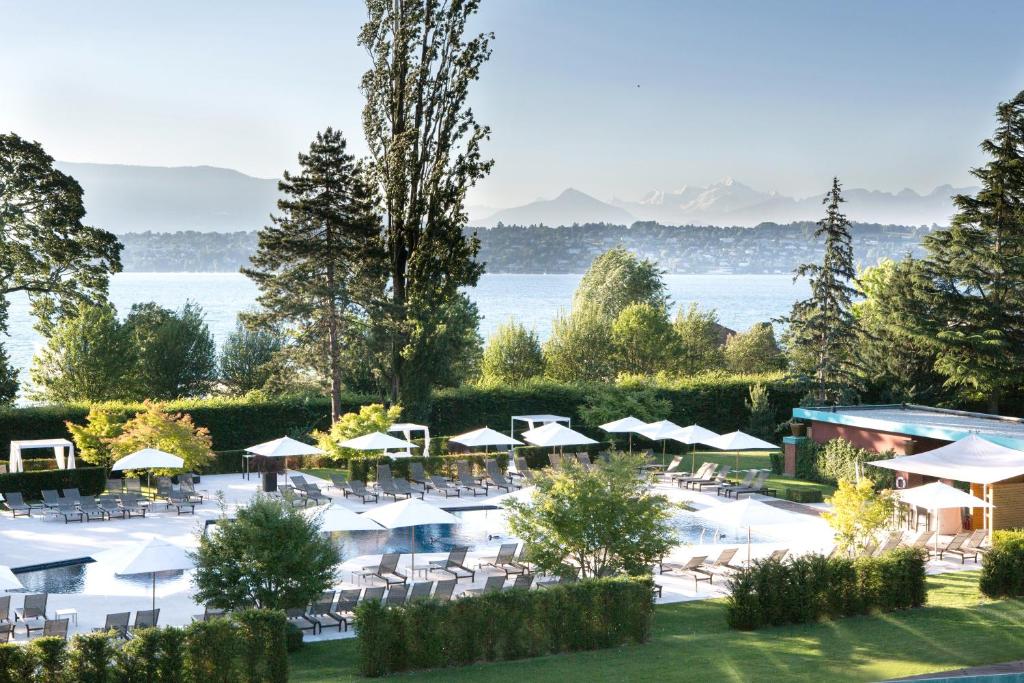
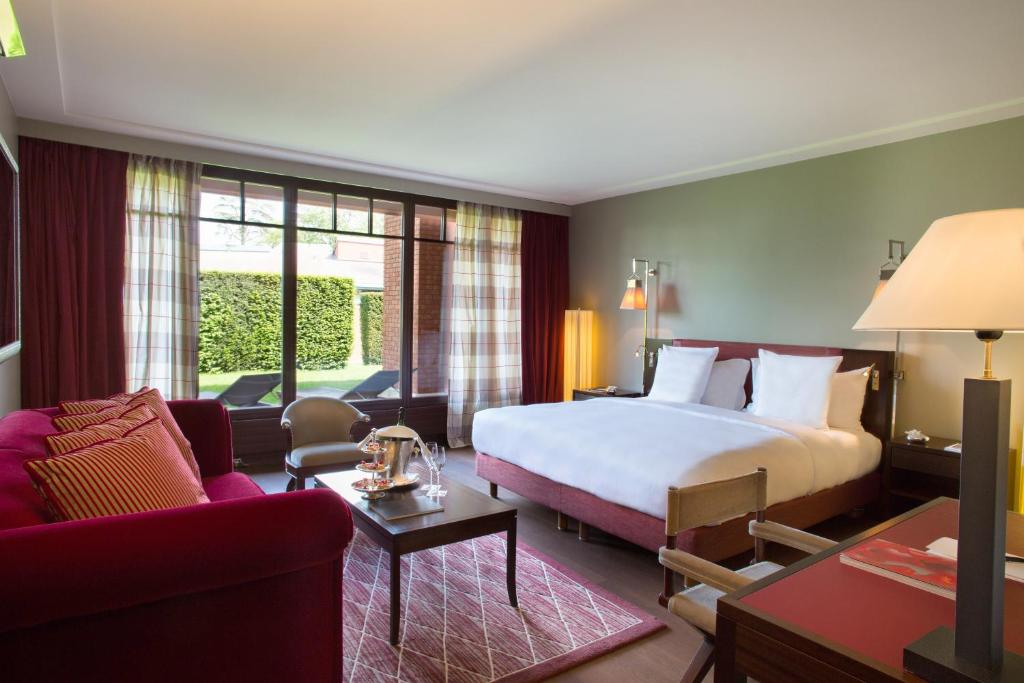
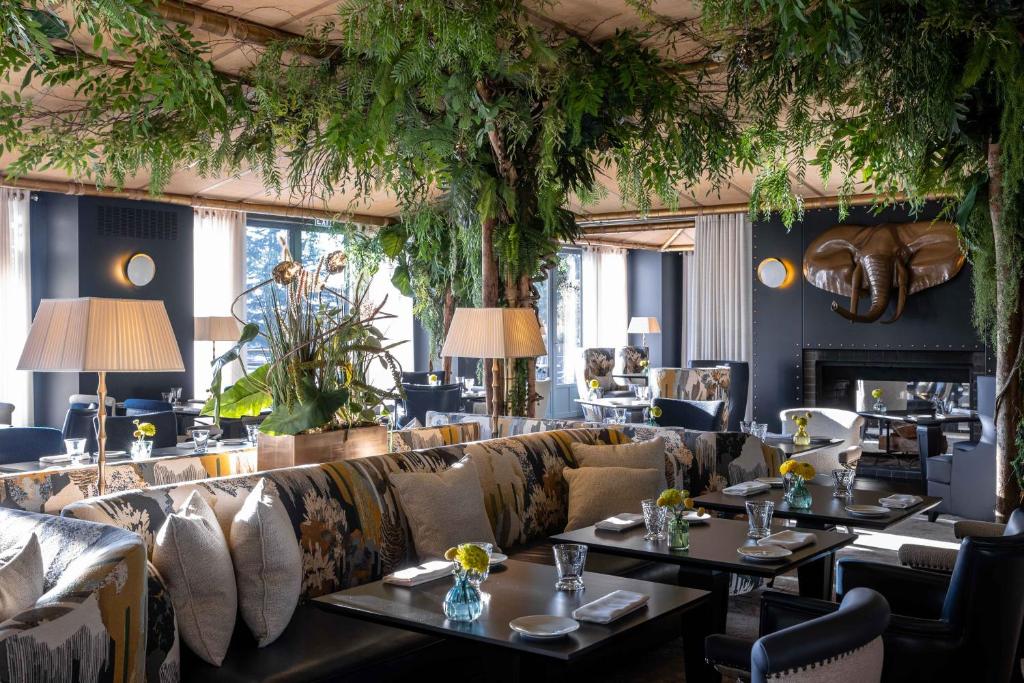
With its many saunas, hammams, swimming pools and treatment rooms, the hotel is all about relaxation and well-being. If you’re…
Read more
Highlights
Ideal for families
Cosy atmosphere
Very pleasant staff
Location: 301 route de Lausanne, 1293 Geneva, Switzerland
Our rating
Budget
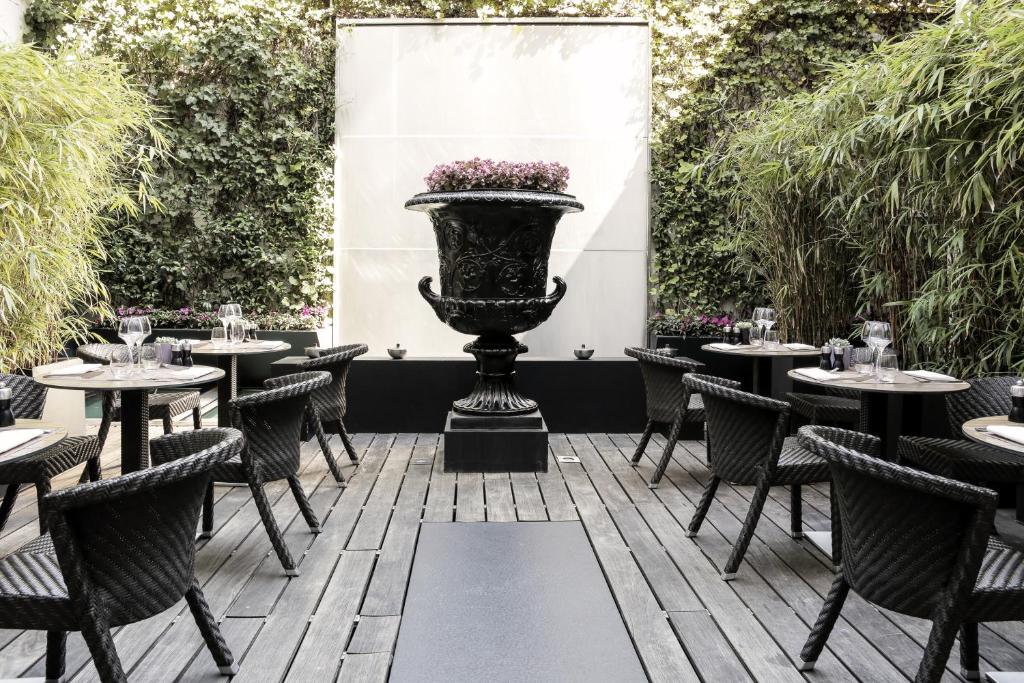
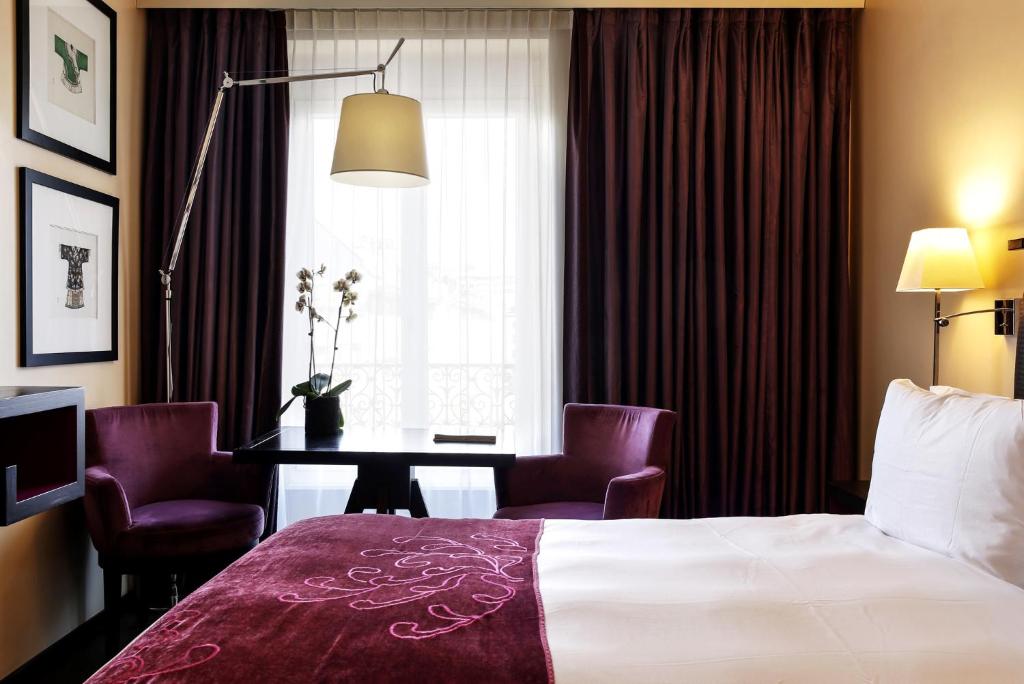
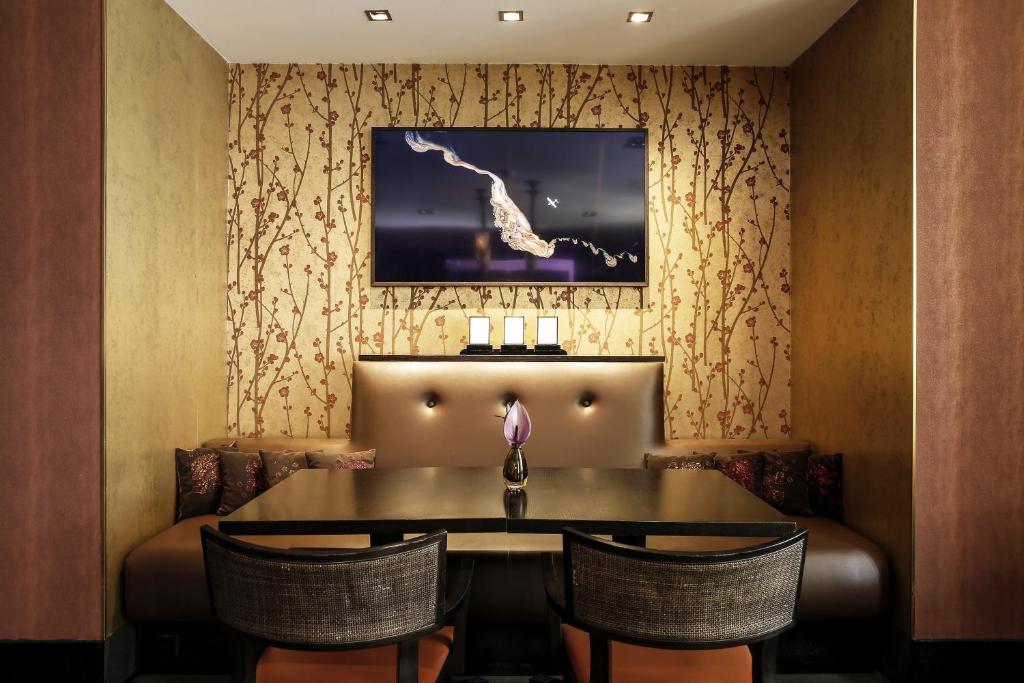
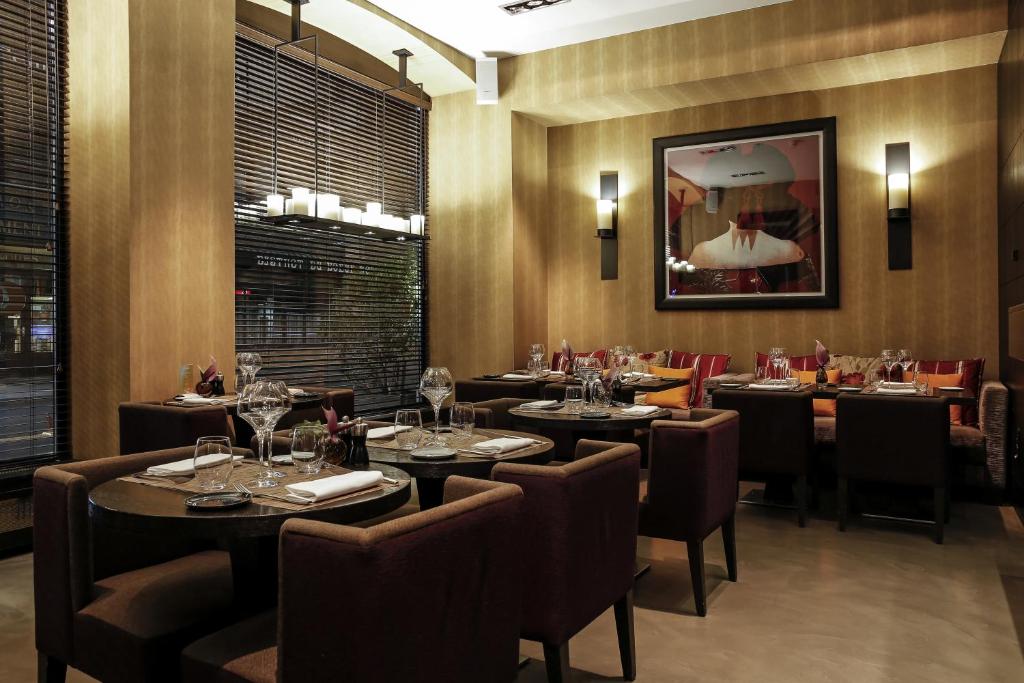
See our full review
Our rating
Budget
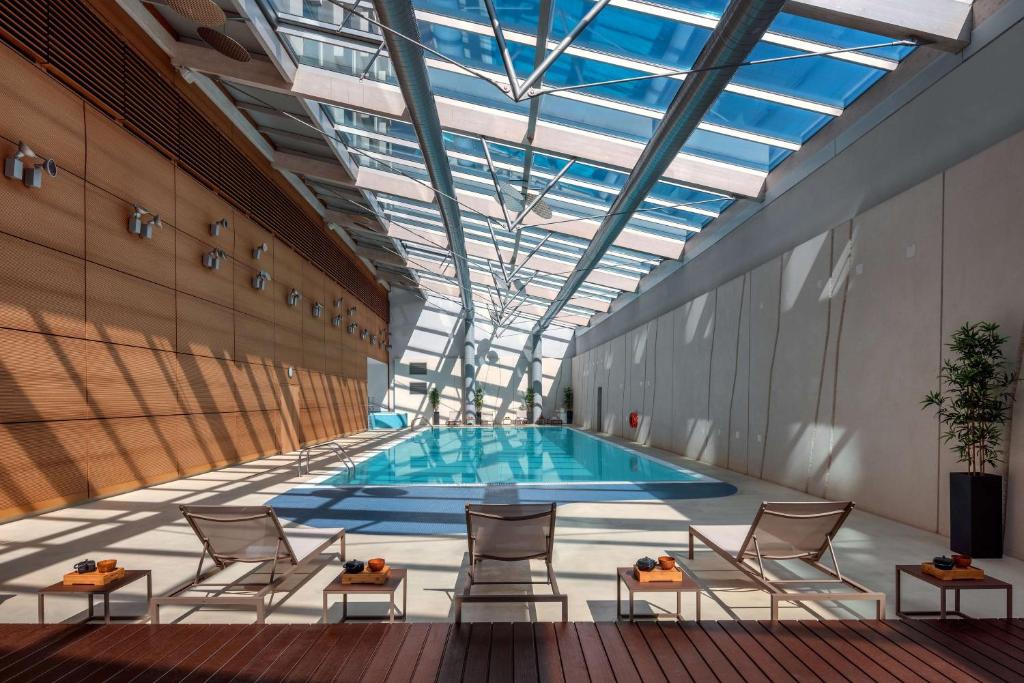
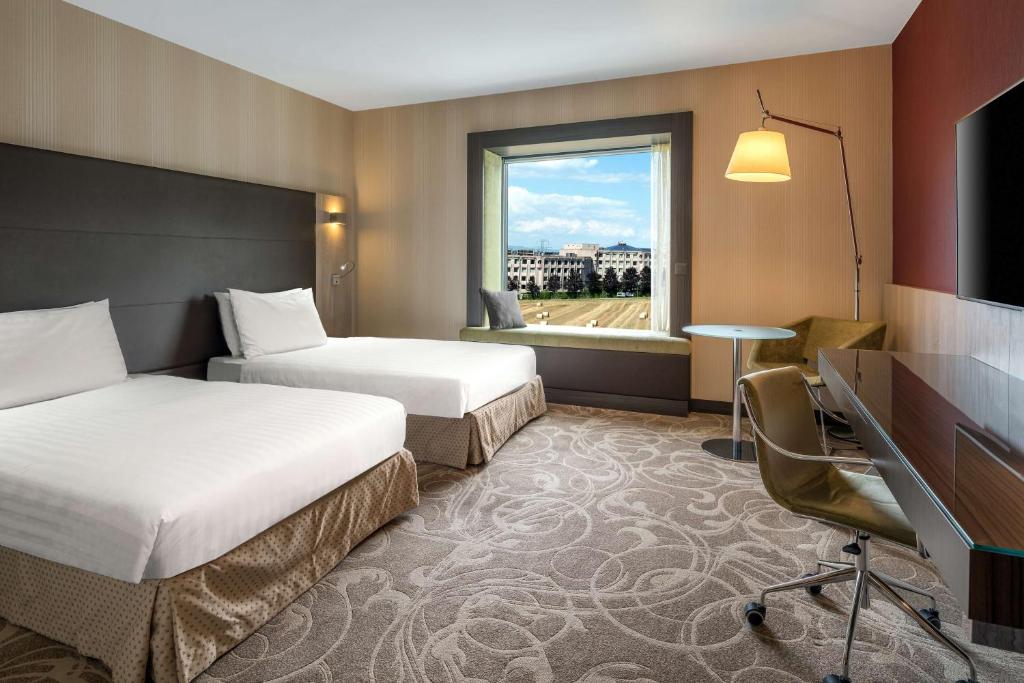
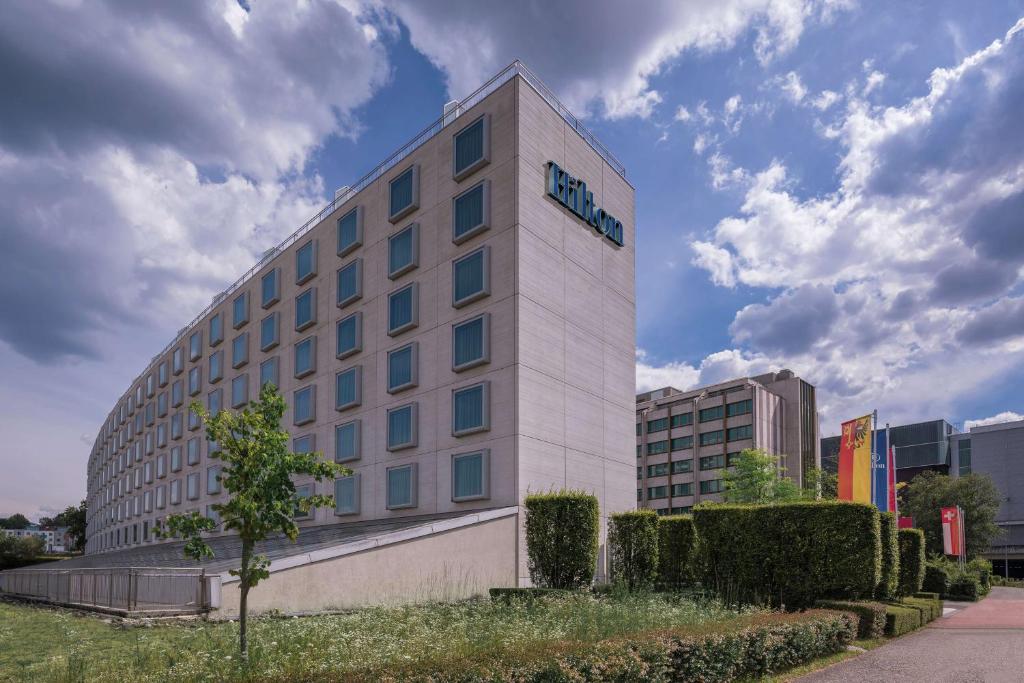
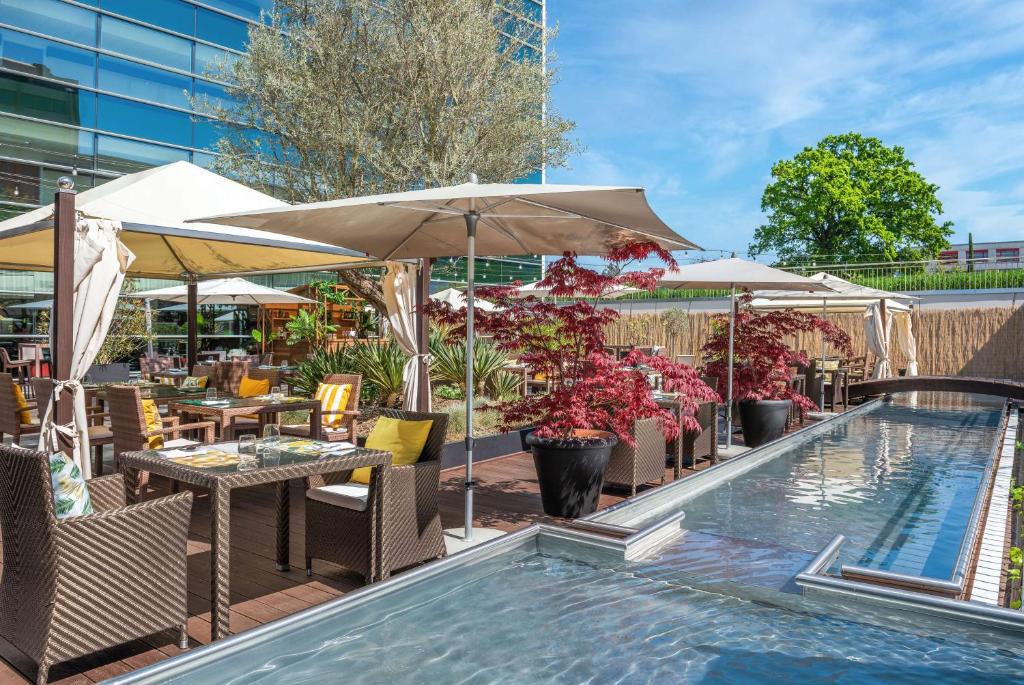
See our full review
Geneva is home to a large number of restaurants of all kinds. Switzerland as a whole is very cosmopolitan. With 4 languages spoken in the country, cultures come together to offer a wide choice of restaurants with different flavours. If you’re looking for diversity, the Pâquis district will delight your palate. It’s a cosmopolitan district with many surprising restaurants. Rue des Alpes and Avenue de France are also great places to enjoy a good meal.
Geneva is a city where hotels are often fully booked. With the headquarters of the United Nations located there, many businessmen and politicians stay in hotels. So it’s important to plan ahead if you don’t want to find yourself without accommodation. If you want to be close to the must-see places, it’s best to stay in Old Geneva. Bear in mind that prices in this area are likely to be high. For a more reasonable budget, the Pâquis district is ideal. This is the city’s popular and multicultural district. You’ll be close to the station and a variety of restaurants. Lake Geneva is just a short walk away. It’s a popular area for visitors.
Geneva is a rather large city, but it’s quite possible to visit the must-see places in a day. First of all, you need to visit one of the city’s symbols, the jet d’eau on Lake Geneva. It can be seen from a distance and from several angles. The jet d’eau can also be visited at night. The lighting makes it look magnificent. Another of the city’s must-sees is Old Geneva. There are many things to do here, and it’s here that you’ll discover all about Geneva’s history. You can stroll around and admire the old 13th-century buildings, visit several museums such as the International Museum of the Reformation. Finally, you can take a tour of the emblematic Cathédrale Saint-Pierre. During your visit, we strongly recommend that you go up to the north tower for a breathtaking view of the whole of Geneva and Lake Geneva. And don’t forget to take the audio-guided tour on our Navaway app: you’ll discover the city’s must-sees, and Geneva will no longer hold any secrets for you!
Geneva is an important city in the European Union. It is regarded as a central city and is home to the headquarters of the United Nations. So it goes without saying that Geneva is well served, wherever you are. From Paris, and more specifically Gare de Lyon, the TGV Lyria takes you directly to Geneva in just 3 hours 15 minutes. Several trains make this journey every day. If you want to fly, every European capital offers you the chance to discover Geneva. Simply take the train from the airport to the city centre. If you’re not far from the Swiss border, you can take the car and enjoy the Alpine scenery. From Lyon, the journey takes less than two hours, and from Annecy just 50 minutes.
Getting around Geneva poses no particular problems. You can do everything on foot to take advantage of the city’s pleasant surroundings, such as Lake Geneva, which is a great place for a stroll. That said, Geneva has excellent public transport links. With 5 tram lines, 65 bus lines and 6 trolleybus lines, it’s very easy to get around without walking. Thanks to the 65 bus routes, you can visit Geneva’s surroundings and even make a diversion to France. Some buses cover the Ain and Haute-Savoie departments. For a longer stay, you can take the Geneva Pass, which gives you discounts or free access to certain activities, including public transport. A car is not essential for getting around Geneva.
Geneva’s climate is fairly mild. In winter, however, it is much cooler, with temperatures rarely exceeding 5 degrees Celsius. Nevertheless, it’s a pleasant city to visit in winter, especially as winter sports (such as skiing) are close by, whether in the Alps or the Jura. If you’re not a big fan of sub-zero temperatures and prefer a more pleasant climate, then we advise you to book your stay in Geneva during the period from May to September. Temperatures will be milder and there will be less rain. On the other hand, this is the period when the concentration of tourists is at its peak, leading to higher accommodation prices.
Most activities in Geneva do not require prior booking. The Geneva City Pass, on the other hand, is a great way to save money. A 24-hour pass costs CHF 30, or CHF 35 including public transport. This pass entitles you to discounts on a range of activities. For example, the Musée d’Art Moderne et Contemporain is free with the pass (CHF 15 without), and the Geneva Tour cruise is also free (CHF 19 without). You can even take a 30-minute pedalo ride on Lake Geneva free of charge (CHF 14 without a pass).
Geneva can be visited in one day, two days or three days. In one day, you’ll have time to visit the must-sees, such as Lake Geneva and its impressive jet d’eau, and St Peter’s Cathedral. If you’re a museum buff, then you’ll need to allow a few extra days. Geneva has a large number of very pleasant museums to visit.
The city of Geneva makes it easy for wheelchair users to enjoy their stay. The Museum of Art and History will be delighted to welcome you and help you discover Switzerland’s heritage. A number of other museums are also open to visitors, including the International Red Cross Museum and the Natural History Museum. Admission is free for accompanying persons. In the concert halls, there are special seats for wheelchair users so that they can enjoy a comfortable evening. You can also take a cruise on Lake Geneva in complete tranquillity, and enjoy the parks and gardens such as the Parc des Bastions. Of course, Geneva’s Old Town and St Peter’s Cathedral are accessible to wheelchair users.
Comments